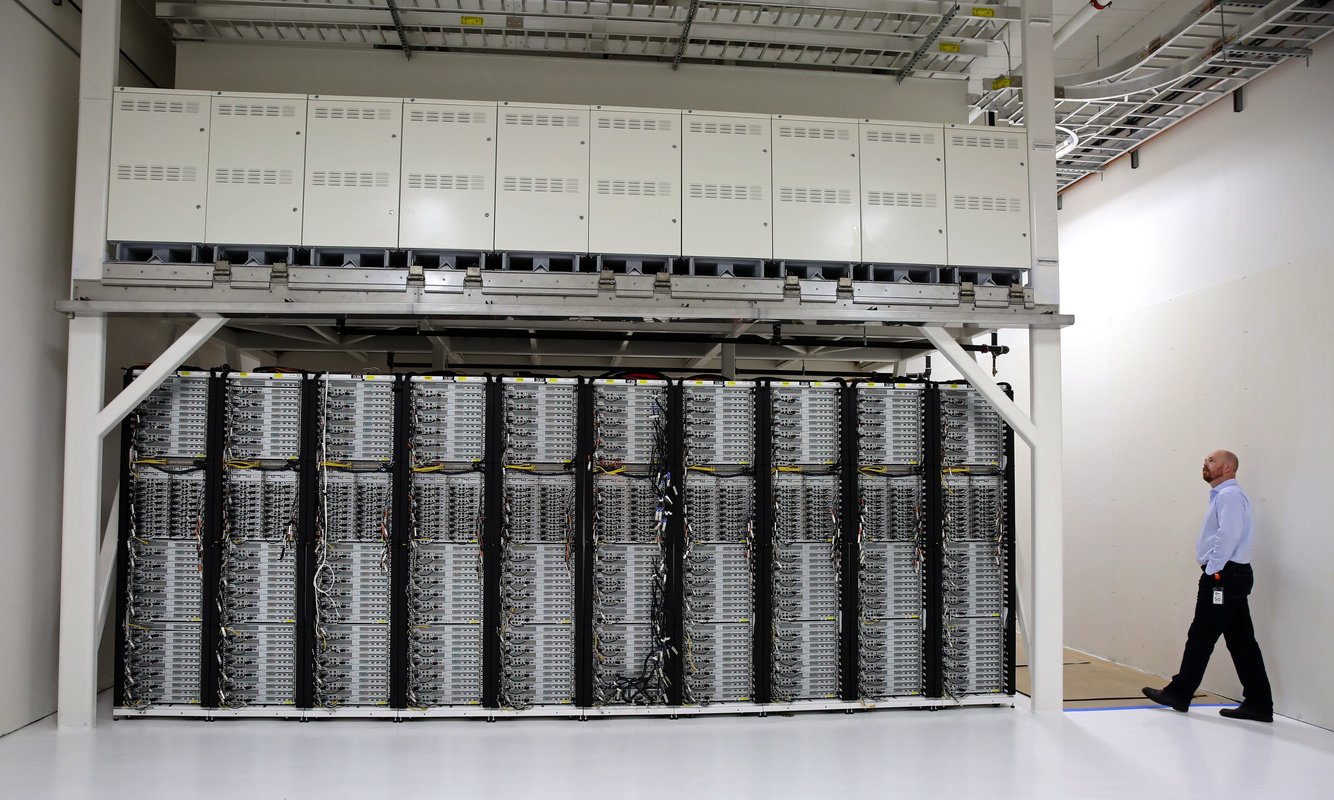Fueling the future
Dawn of the hydrogen era

Data Center Hydrogen Tanks
Unwanted guests: heat and gas
Works on gas or hydrogen
Every rack a SOFC companion?

Microsoft Data Center with Fuel Cells for each rack

Data Center Hydrogen Tanks

Microsoft Data Center with Fuel Cells for each rack